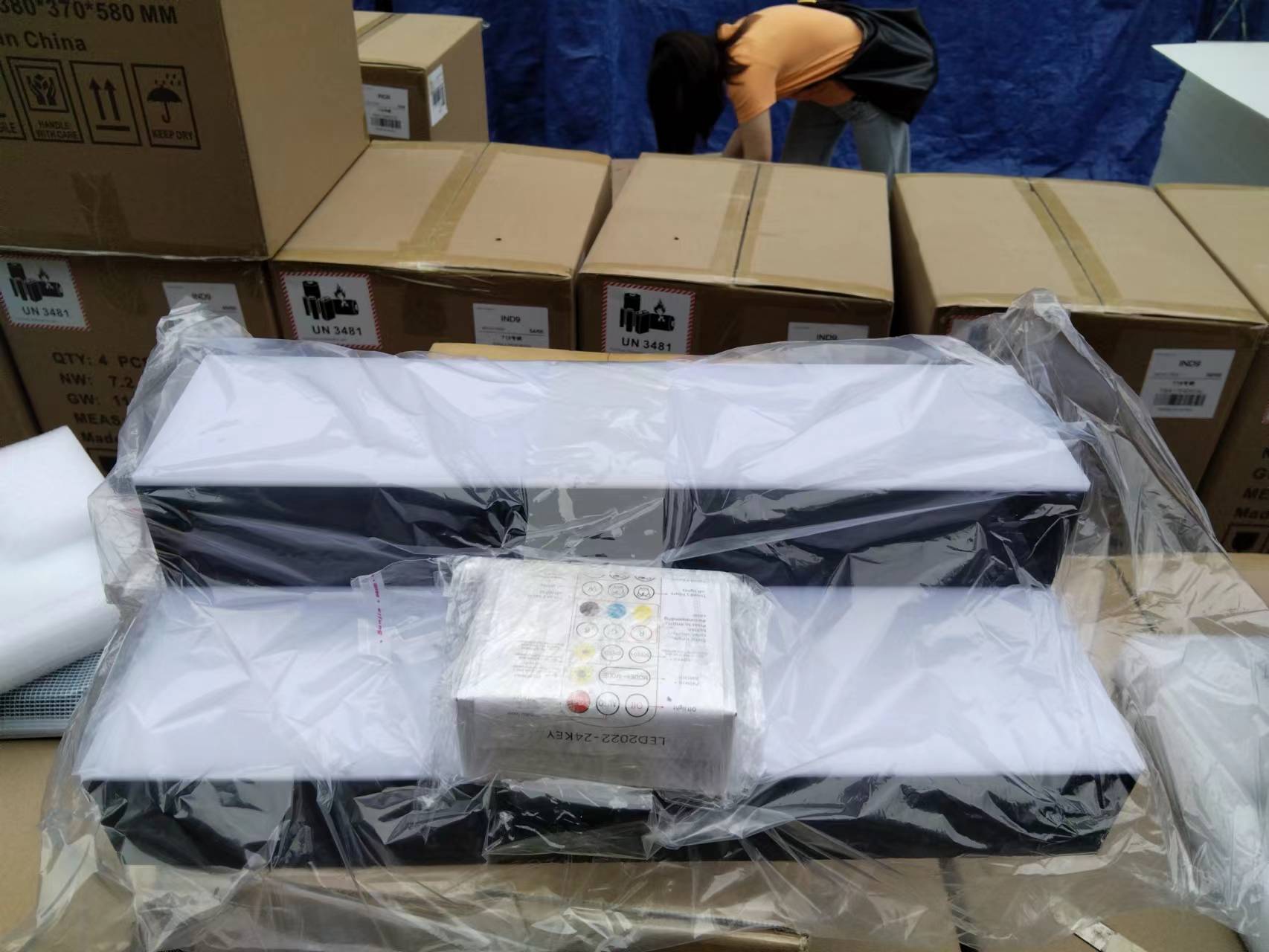How to import a wine bottle display stand?
Jan 14,2025
368
Imported wine bottle display stands generally need to have the right to operate import and export. If not, you can find a qualified agent company to import. Note that the wine bottle display stand complies with the regulations and standards of the importing country in terms of safety, quality and environmental protection. For example, in China, it may be necessary to comply with relevant furniture Quality Standards.

Find reliable foreign suppliers, sign a procurement contract, and clarify the rights and obligations of both parties, including product specifications, prices, delivery dates, packaging, and transportation methods.
According to the agreement of the procurement contract, choose the appropriate mode of transportation, such as sea, air or land transportation. If the quantity of goods is large, sea freight is usually the more economical option; if the quantity of goods is urgent or small, air freight is faster.
In order to ensure the safety of goods during transportation, it is recommended to purchase cargo transportation insurance to cover possible loss or damage.
For import customs declaration and inspection, the following documents are usually required:
(1) List in detail the name, specifications, quantity, unit price, total price, and other information of the goods.
(2) Indicate the packaging of the goods, the size, weight, and quantity of each package, etc.
(3) Prove the country of origin of the goods in order to enjoy the corresponding preferential tariff policies.
(4) It is a document for the transportation of goods and is used for pickup.
(5) Provide a quality inspection certificate for the goods to demonstrate that the goods comply with relevant standards.
(6) According to the requirements of the importing country, other special documents may also be required, such as import licenses, 3C certifications, etc.
Customs declaration: The importer or his agent needs to submit the above documents to the customs to declare the goods. The declaration content includes the basic information of the goods, value, origin, mode of transportation, etc. The customs will review the declaration information and determine the customs duties and other taxes according to the type, value and other factors of the goods.
Payment of taxes and fees: Importers need to pay customs duties, value-added taxes and other taxes within the time limit and method stipulated by the customs. The rate of customs duties usually depends on factors such as the country of origin, type and value of the goods.
Inspection of goods: The customs may inspect the declared goods to verify whether the actual situation of the goods is consistent with the declared information. The inspection content includes the quantity, quality, specifications, packaging, etc. The importer needs to cooperate with the customs inspection work and provide necessary assistance.
Pickup and follow-up
Pick-up: After completing the customs declaration and inspection procedures and paying taxes and fees, the importer can pick up the goods at the designated warehouse or yard with the customs release notice.
Inspection and quarantine: According to the regulations of the importing country, some goods may need to be inspected and quarantined. After passing the inspection and quarantine, they can enter the domestic market for sale or use.





